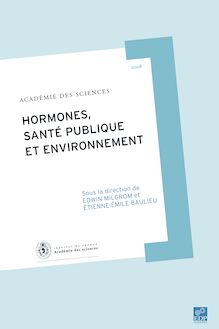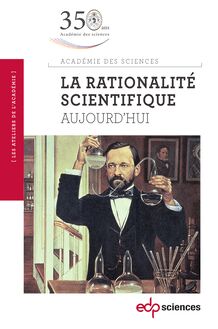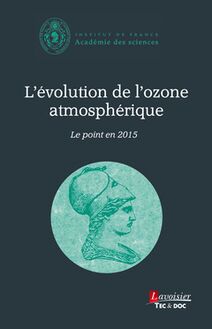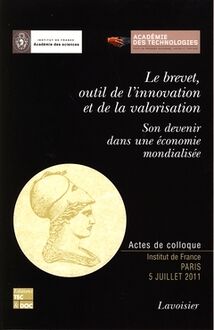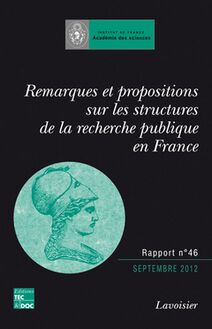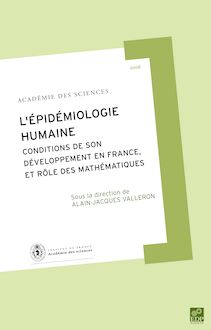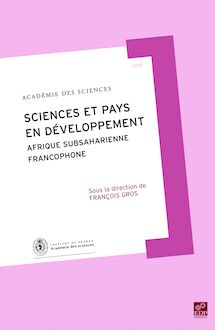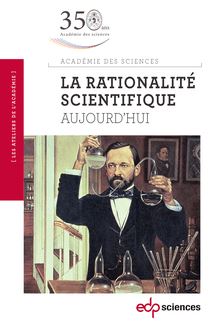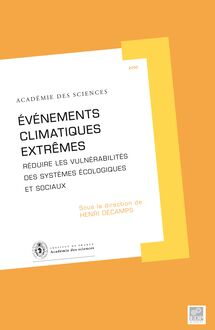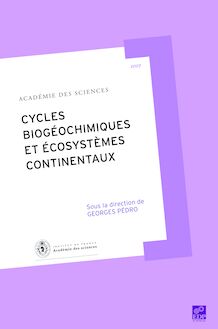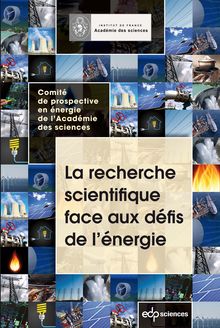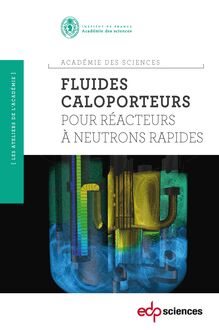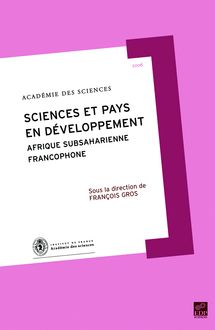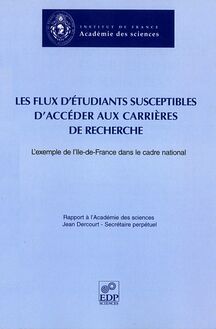The major accident at Fukushima , livre ebook
102
pages
English
Ebooks
2012
Obtenez un accès à la bibliothèque pour le consulter en ligne En savoir plus
Découvre YouScribe et accède à tout notre catalogue !
Découvre YouScribe et accède à tout notre catalogue !
102
pages
English
Ebooks
2012
Obtenez un accès à la bibliothèque pour le consulter en ligne En savoir plus
Publié par
Date de parution
01 mars 2012
Nombre de lectures
3
EAN13
9782759824861
Langue
English
Poids de l'ouvrage
2 Mo
“On March 11, 2011, the North-East of Japan was struck by a huge earthquake followed by a major tsunami and a series of accidents that took place at the nuclear power site at Fukushima, with emissions of radioactive elements”. This was the message addressed by Prof. Kanazawa, President of the Science Council of Japan (SCJ), only a few days after the catastrophe, to his colleagues Presidents of the Science Academies, adding that he nourished the hope the “the academies would continue in the future to help with the necessary rehabilitation work”.
The idea arose immediately to set up an ad hoc academic Working Party, with the assigned mission to analyse the events that had taken place in Japan, to make a status report regarding seismic and nuclear risks both in metropolitan France and in overseas territories and to draw conclusions and make recommendations as deemed appropriate to the situation.
The academic Working Party comprised three separate sub-groups, each dealing with one of the three aspects – seismic, nuclear and medical – of the drama as it unfolded.
For each of these components, objects of the three parts of this report, the analysis of observed events in Fukushima was supplemented by a reflection o the strengths and weaknesses of these areas in France, in order to formulate the necessary recommendations and to answer scientific and societal question public arises. Although uncertainties remain and that new information still come each month to enrich the record, the enclosed reports seemed complete enough to be published in the state, after the anniversary of this tragedy that will long continue to challenge us.
Publié par
Date de parution
01 mars 2012
Nombre de lectures
3
EAN13
9782759824861
Langue
English
Poids de l'ouvrage
2 Mo
